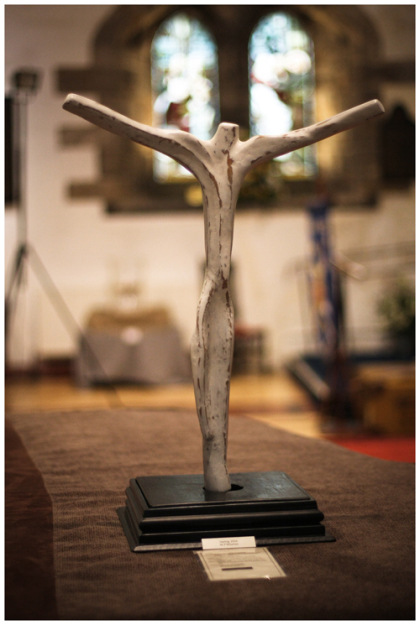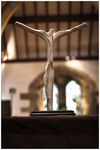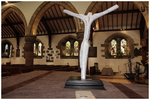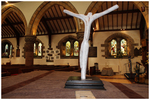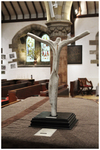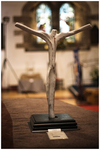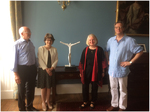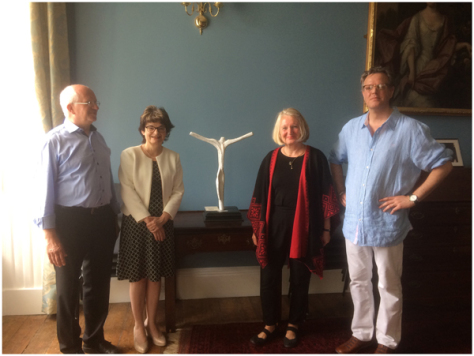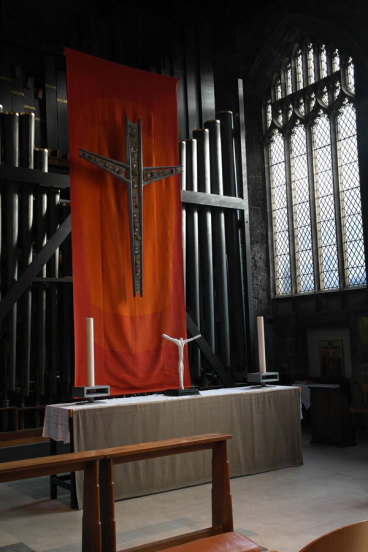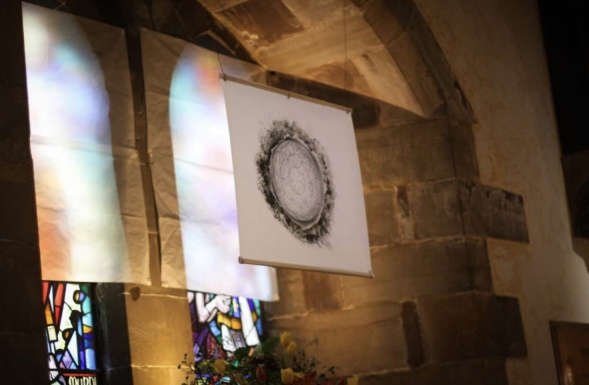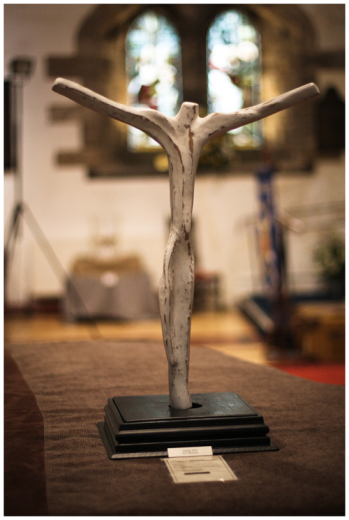P.Wharton
Sacrum lumen. Sacred light
Sapling
All Images Courtesy of ITIA School of Divinity.
On permanent location at the St Mary's College.
School of Divinity. University of St Andrews
St Andrews .
Medium/modelling clay/fibreglass/wood/ W65cm/H50cm/D30cm
https://en.oxforddictionaries.com/definition/sapling
1.A young tree, especially one with a slender trunk.
1.1. A young and slender or inexperienced person.
I remember well my sapling years.
Sapling was sparked by a few things I felt recently connected to.
Tracey Emin expressing on YouTube a passion to create her own
unique tree. A friend who (out of the blue) took to carving a figure from a tree
trunk. My time as a youth spent climbing endless trees, here
53.537857,-2.485248
53.5339189,-2.4827170
And most poignant of all is the heartfelt loss of a friend's young son
Cajus, son of Dorothia and Axel Stockmar.
I'd hope the presence of this piece is felt as one of pivotal
transition. From one state to another. One form to another.
A beginning, not an end.
Process.
I set out with a wave of ideas all demanding to be heard in their
own unique way. And it's often not possible. So I set out to present
a collective presence. And then from this presence you draw your
own personal take.
Not everyone's take is intended. But
every sense of good will, peace and hope here is.
Very sincere best wishes. Philip
Philip Wharton. 2018
A big thank you to Dorothia and Axel Stockmar for their generous donation of the sculpture (Sapling. By P. Wharton) to The Institute for Theology, Imagination and the Arts (ITIA) School of Divinity. University of St Andrews.
Sapling was delivered in person by myself on the 21st February 2018. And was so warmly received by Dr Gavin Hopps. Senior Lecturer in Literature and Theology and Director of ITIA.
A massive thank you for such a generous welcome by all.
The whole experience has left me with such a tremendous sense of honour and family.
Both humbled and inspired this experience will reflect brightly throughout my work from now on.
Dorothea and Axel Stockmar donate Sapling to
ITIA. University of St Andrews.
Left. Professor Axel Stockmar.
Professor Sally Mapstone. Principal and Vice-Chancellor and Chief Executive Officer (CEO) of the University of St Andrews.
Centre ( sapling )
Right. Dr Gavin Hopps. Senior Lecturer in Literature, Theology and Director of ITIA
Dorothea Stockmar. German writer and painter living in Celle and Berlin.
Manchester cathedral 2016-17
Jesus chapel
Transpositions ITIA
online journal of the Institute for Theology, Imagination, and the Arts at the University of St Andrews. http://www.transpositions.co.uk
REVIEW: AFTER THE CALL
AN ARTISTIC EXPLORATION OF BEAUTY IN THE ORDINARY AND THE UNEXPECTED, PT. I
Editor’s Note: This is the first installment of a two-part review.
From 6th to the 15thApril 2018, The Transept – a group of practicing artists within the Institute for Theology, Imagination and the Arts (ITIA) – put on a major event titled After the Call, which
invited artistic exploration of beauty in both the ordinary and the unexpected, around the theme of being ‘called’ and what happens after the call. The event consisted of an art exhibition and a
performance in which ITIA postgraduates and friends presented original works inspired by the ‘Annunciation’ passage in Luke 1:26-38 and the notion of a ‘calling’. Both the exhibition and the
performance were hosted at Saint Andrew’s Episcopal Church in St Andrews – more than fitting, as the church is a hub of the community, located at the transept of the university and the town (a true
‘Town and Gown’ location); and its Rector, Revd Professor Trevor Hart, is also a co-founder of ITIA, further connecting this location to the university, and to the arts.
Adobe Acrobat document [341.5 KB]
Statement and image courtesy of ITIA.
Editor’s Note:
Wharton’s Sapling, a cruciform sculpture crafted from wood and white- washed with acrylic, was borrowed
from its new, permanent home in the School of Divinity to display as part of the exhibit, as it fit so well with the theme. Saplingwas sparked by a few things Wharton felt connected to, most
poignantly, the heartfelt loss of a friend’s young son. Wharton commented, ‘I’d hope the presence of this piece is felt as one of pivotal transition. From one state to another. One form to another. A
beginning, not an end. I set out with a wave of ideas, all demanding to be heard in their own unique way. And it’s often not possible. So, I set out to present a collective presence. Not everyone’s
take is intended by the artist. But every sense of good will, peace and hope here, is.
‘After the Call’
https://www.st-artmagazine.com/new-blog-1/2018/4/6/preview-after-the-call
http://itia.wp.st-andrews.ac.uk/2018/03/13/after-the-call/

